Ph.D. in Astrophysics Placements
Many of our graduate students continue research in astrophysics as faculty members at leading universities or as researchers at NASA and other laboratories. Here are a few of our alumni stories. Add your story to this page.
Ph.D. Alumni Stories
George Vejar ‘22
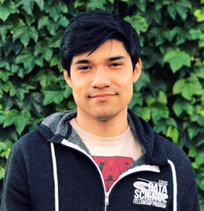
Employed by Blyncsy, Salt Lake City, Utah.
Thesis title: Planets and Planetary Nebulae: Different Evolutionary Pathways in the Stellar Life Cycle
During my time at Vanderbilt, I studied planetary nebulae and stellar abundances. My work on planetary nebulae was theoretical and focused on how we might detect these objects with the Vera Rubin Observatory (previously named LSST). My work with stellar abundances was more observational and focused on the connection between planet formation and abundance trends in the star. I currently reside in Utah where my wife is working towards her PhD with our baby Olive and two cats (Leeloo and Dahlia). I work for a small company in Salt Lake City called Blyncsy focused on building AI solutions to transportation infrastructure issues; we use computer vision and dashcam imagery to detect debris, road signs, assess the quality of roads, etc.
Savannah Jacklin ‘20
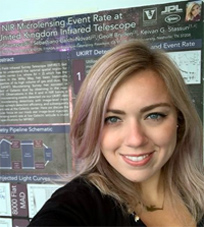
Systems Engineering Manager and Lead Data Scientist at Northrop Grumman
Thesis title: Analyzing Exoplanet Survey Methods with Massive Datasets: Transit and Microlensing Light Curves
I am currently the lead data scientist for a satellite constellation being designed and developed at Northrop Grumman in Baltimore, MD. I have spent the years since my PhD supporting systems engineering and algorithm development for variety of electro-optical and radar satellite systems. Additionally, I have worked on developing AI/ML analysis of human behavior within the company and manage a team of about ten engineers.
Samaiyah Farid ‘20
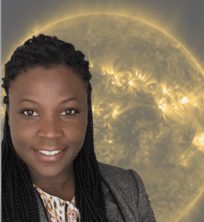 Scientist position at the High Altitude Observatory in Boulder, Colorado.
Scientist position at the High Altitude Observatory in Boulder, Colorado.
Dissertation title: Examination of Acceleration Mechanisms in Solar Coronal Jets Using Multi-wavelength Observations and Magnetic Topological Modeling: Evidence For Multiple Acceleration Mechanisms in Coronal Jets.
Adviser: Keivan Stassun
My experience as a graduate student was non-typical. I had returned to grad school after working for a few years and I was a single parent to a 5 year-old. I often had to bring my daughter to class or rush away in the evenings for pickup. So, I was not the best student…at all. I often turned in assignments late, crammed for tests, and was mentally and emotionally exhausted 24/7. It was a blur of stress and tears. But my committee and peer mentors did not let me self-destruct. For every end-of-world crisis I faced, they helped me see another possibility. They helped me set goals and develop a solid plan to reach those goals. So, I think that that taught me a lot about the type of mentor I strive to become. Someone that doesn’t focus so much on deficiencies, but on how to move students from where students are, to where they need to be.
Joseph Rodriguez ‘16
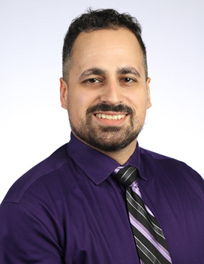 Assistant Professor of Physics, Michigan State University
Assistant Professor of Physics, Michigan State University
Thesis title: Probing Planetary Formation and Evolution: Transiting Planets and Occulting Disk
Adviser: Keivan Stassun
Joey is an assistant professor in the Department of Physics and Astronomy at Michigan State University. Currently, his research group is focused on discovering new keystone exoplanetary systems that provide insight into key questions about planet formation/evolution using observations from NASA’s Kepler, K2, and TESS missions. Additionally, they are working to study the early stages of planet formation through detailed characterization of young stellar objects.
Julia Bodnarik ‘16
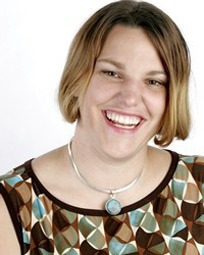
Officer of Advanced Technology Initiatives, Choctaw Nation of Oklahoma
Thesis title: Using In Situ Neutrons and Gamma-Ray Spectroscopy to Characterize Asteroids
I am working with emerging drone aviation technologies and acting as a liason to colleges, universities, industry, and NASA. I have 10+ years of experience working for NASA on developing planetary science instrumentation and mapping H mobility on the Moon with the Lunar Reconnessence Orbiter Luner Exploration Neutron Detectors instrument.

